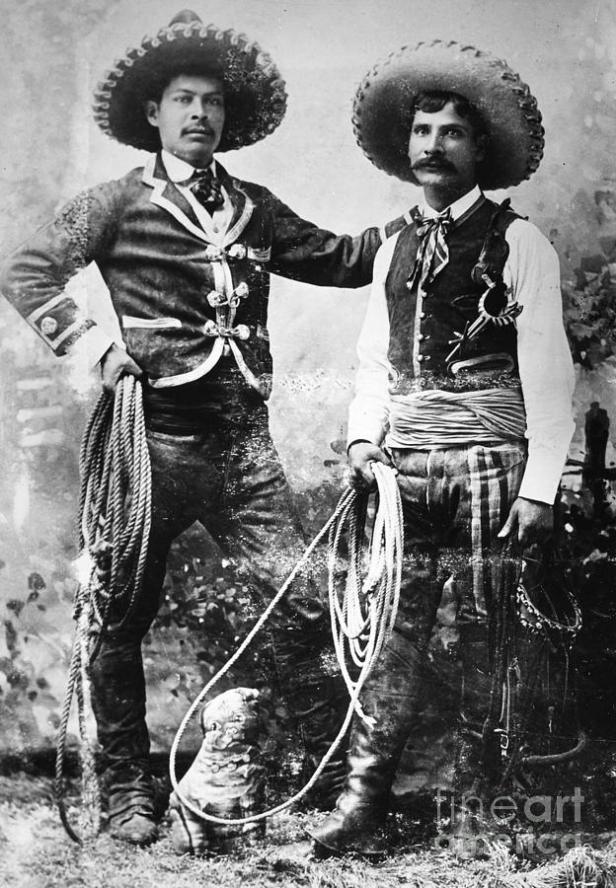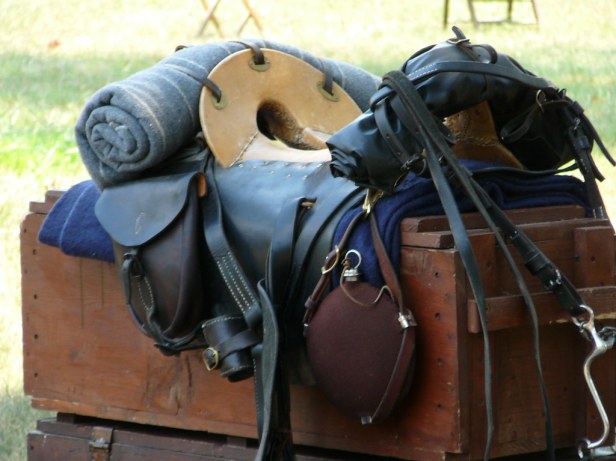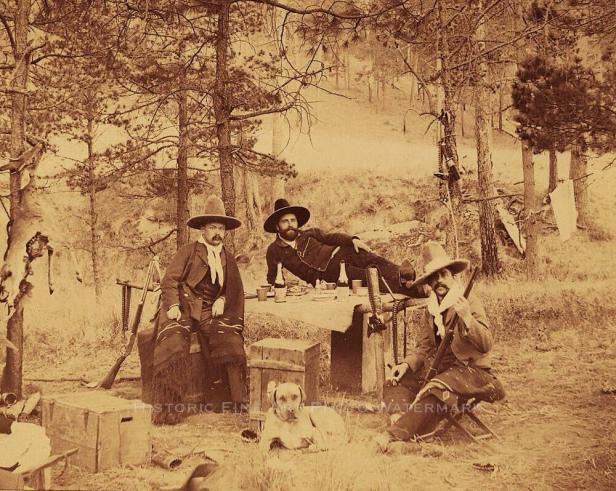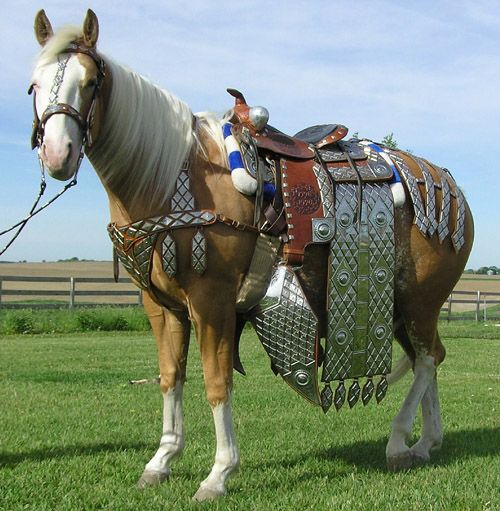By Bill Dobbins http://www.billdobbinsphotography.com

The saddle is a supportive structure for a rider or other load, fastened to an animal’s back by a girth. The most common type is the equestrian saddle designed for a horse. However, specialized saddles have been created for oxen, camels and other creatures.[1][2] It is not known precisely when riders first began to use some sort of padding or protection, but a blanket attached by some form of surcingle or girth was probably the first “saddle”, followed later by more elaborate padded designs. The solid saddle tree was a later invention, and though early stirrup designs predated the invention of the solid tree. The paired stirrup, which attached to the tree, was the last element of the saddle to reach the basic form that is still used today. Today, modern saddles come in a wide variety of styles, each designed for a specific equestrianism discipline, and require careful fit to both the rider and the horse. Proper saddle care can extend the useful life of a saddle, often for decades. The saddle was a crucial step in the increased use of domesticated animals, during the Classical Era. – Wikipedia

The domestication of the horse, which allowed people to increase mobility riding horses or using them to pull carts or carriages, was an important element in the development and spread of civilization. Groups like the Mongols were able to spread their influence from China all the way to modern Europe. One technology which has helped this to happen is the saddle. A saddle, especially after the invention of the stirrup, gave the rider far more stability and increased the type of work a horseman could do.
Of course, over time saddles have taken on all sorts of forms depending on how they were designed to be used. Thoroughbred racing uses the lightest possible saddles, with jockeys perched precariously on top. Medieval knights used strong, heavy saddles with a high cantle to allow them to stay on a horse when jousting with a lance.
In the mid-19th century, American cavalry forces began using a saddle designed by General George McClellan:

The McClellan saddle was a riding saddle designed by George B. McClellan, a career Army officer in the U.S. Army, after his tour of Europe as the member of a military commission charged with studying the latest developments in engineer and cavalry forces including field equipment.[1] Based on his observations, McClellan proposed a design that was adopted by the Army in 1859.[1] The McClellan saddle was a success and continued in use in various forms until the US Army’s last horse cavalry and horse artillery was dismounted late in World War II. Today, the McClellan saddle is used by ceremonial mounted units in the US Army. The saddle was used by several other nations, including Rhodesia and Mexico, and to a degree by the British in the Boer War. The saddle came in various seat sizes that predominantly ranged from approximately 11 to 12 ½ inches.[2]

But one of the most iconic and recognizable of tack is the western saddle, the kind we associate with American cowboys and Mexican vaqueros. This kind of saddle was developed for riders working with cattle and horses and who might well end up being on horseback all day for days at an end. It has a “horn” around which a rope can be looped when lassoing animals on a ranch. It is built heavy and strong to withstand the forces involved when doing this kind of roping.

The design of the Western saddle derives from the saddles of the Mexican vaqueros—the early horse trainers and cattle handlers of Mexico and the American Southwest. It was developed for the purpose of working cattle across vast areas, and came from a combination of the saddles used in the two main styles of horseback riding then practiced in Spain—la jineta, the Moorish style which allowed great freedom of movement to the horse; and la estradiota, later la brida, the jousting style, which provided great security to the rider and strong control of the horse. A very functional item was also added: the saddle “horn”. This style of saddle allowed vaqueros to control cattle by use of a rope around the neck of the animal, tied or dallied (wrapped without a knot) around the horn. – Wikipedia

One function of the western saddle sometimes overlooked is that it is designed not only for the rider to go – but also to STOP. With most saddles, if the horse comes to a sudden stop there is little to keep the rider from being catapulted forward. But working with horses and cattle, you want and expect your horse to be able to stop suddenly and rapidly change direction. A cutting horse, for example, is trained to separate an individual horse or steer from a group, with rapid side to side movements.
When I was a kid I had a cutting horse. Every morning some of would ride barebacK to a high pasture to herd the rental horses down to the stable. One day one of the heard suddenly veered away. My trained horse wheeled so quickly out from under me that I was left standing in place, upright on my two feet. With a western saddle, I’d have had a chance to stay on the horse.
Since a horse whose job it is to work with cattle or other horses will often need to stop or start quickly or move from side to side, the saddle needs so be very strong and give great stability. Hence the design of the western saddle – form following function.
But over time western saddles also developed in an art form, with silver inlays, complex leatherwork, and other aesthetic embellishments. Many antique saddles are very collectible and very valuable. Treated as works of art.

*****************************************************

The Women: Photographs of The Top Female Bodybuilders (Artisan) Modern Amazons (Taschen)
WEBSITES
BILL DOBBINS PHOTOGRAPHY www.billdobbinsphotography.com
BILL DOBBINS ART www.billdobbinsart.com
FEMALE PHYSIQUE SITES www.billdobbins.com
EMAIL: billdobbinsphoto@gmail.com
Horsemen will be most interested in the function of the western saddle. Photographers and artists in HOW THEY LOOK.

 Source: http://bit.ly/2LkrEGi[/caption]
Source: http://bit.ly/2LkrEGi[/caption]





